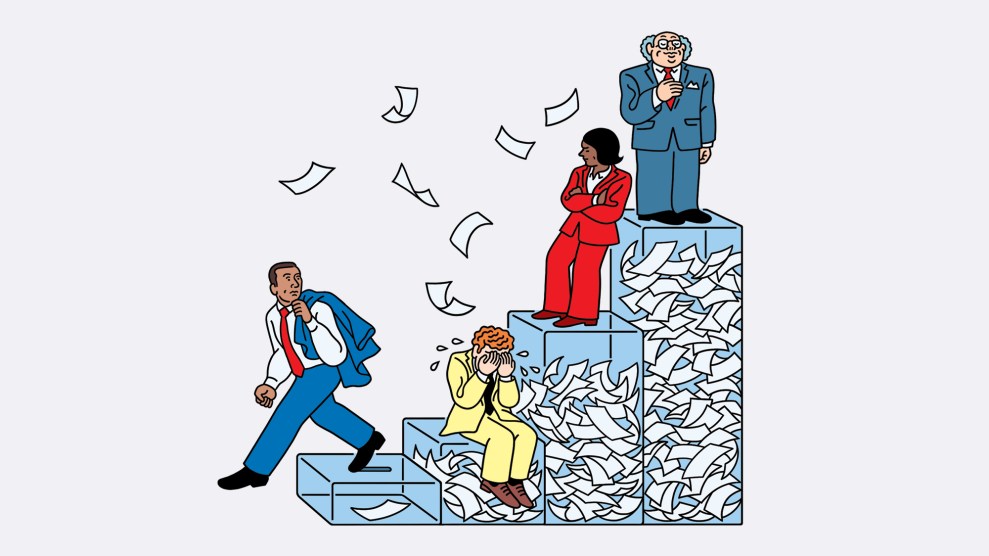Immigration’s becoming a hot topic around these internet regions. John Derbyshire argues we could completely seal off the border for less than $18 billion, by building an Israeli-style barrier. Well, even assuming illegal immigration is a problem that requires a brick-and-mortar response, would this actually stop people from trying to get in? Wouldn’t new smuggling markets simply arise: packing migrants in crates, say, and shipping them from Mexico to the United States? So long as the benefits outweigh the costs—and the benefits of immigrating are very high—I have a hard time thinking you can put more than a finger or two in this particular dike. Maybe, though.
Meanwhile, David Card’s study—“Is the New Immigration Really All That Bad?”—answers, “Not really.” He does find that the influx of low-skilled immigrants since 1965 have increased the supply of “high-school dropout” labor in various cities. (It’s not obvious that this should always be the case: Say a bunch of low-skilled immigrants move to a city, but more and more natives graduate from high school; then the supply of low-skill labor could stay constant or even decline.) On the other hand, he does find that wages for native low-skill workers doesn’t really correlate with the supply of workers. So even in those cities where immigrants are flooding the low-skill market, the natives aren’t always worse off, for whatever reasons. (One theory: firms in cities with an influx of low-skill immigrants “innovate” to take advantage of the new supply of labor, even in the absence of wage changes.) This pattern has held for awhile now—the gap between dropouts and high-school graduates is roughly the same as it was in 1980.
So that’s good news, although I’m not sure whether Card factored the effects of illegal immigration into his calculations (it’s difficult to figure out), which may or may not matter. Oh, wait; that’s the good news, here’s the better news: Immigrants seem to assimilate just fine. Most of the studies on this have tried to measure whether immigrants can come here and then close the wage gap with natives. Card says, no, they don’t and usually can’t, but that’s the wrong question to ask. Look at second-generation sons and daughters of immigrants to measure assimilation—and those kids have, on average, higher education levels and wages than children of natives. Even children of the least-educated origin groups manage to narrow the gap considerably. Granted, it’s all well and good for a college graduate living in San Francisco—and working in a field with considerable “protectionist” barriers, no less—to shrug his shoulders at immigration, but Card’s study makes things seem less dire than thought, even if this is hardly the last word on the matter (he doesn’t touch on, for instance, the cost of public services).















